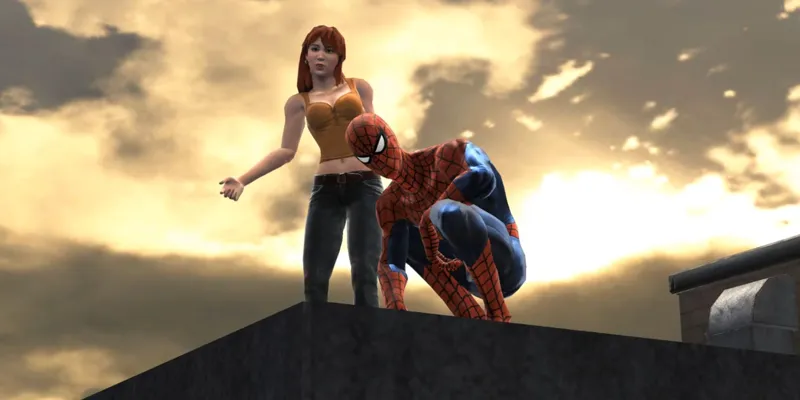In Suicide Squad: Kill the Justice League, Harley Quinn appears to have completely relinquished her deep-seated attachment to the Joker and shed most aspects of her former identity in the Arkham series, while retaining her trademark wit, excitement, and criminal inclinations.
This transformation aligns with the contemporary portrayal of Harley Quinn as an independent woman who harbors resentment towards the Joker, as depicted in the Harley Quinn animated series and the Birds of Prey movie.
However, this evolution of Harley's character lacks a compelling foundation within the Arkhamverse canon, creating a noticeable disconnect. The abrupt nature of her ideological shift during the five-year gap between Arkham Knight and Suicide Squad: Kill the Justice League raises concerns about the coherence of her development.
Harley Quinn's Sudden Transformation in Suicide Squad: Kill the Justice League
The Omission of Harley's Dramatic Character Development in Suicide Squad: Kill the Justice League
Harley's journey from mourning the Joker's demise in Arkham City's Harley Quinn's Revenge DLC to her jubilant demeanor in Arkham Knight, where she dismisses her old uniform and appears indifferent to her past, lacks a substantial explanation in Suicide Squad: Kill the Justice League. This lack of clarity is emblematic of Rocksteady's tendency to obscure pivotal character developments.
While it's understandable to desire a more empowered portrayal of Harley independent of the Joker's influence, the game's failure to elucidate her drastic transformation diminishes the impact of her newfound autonomy.
Harley's Arkham Knight Outfit and Its Impact in Suicide Squad: Kill the Justice League
The game's portrayal of Harley swiftly discarding her Arkham Knight outfit and adopting a modern appearance lacks logical coherence. Moreover, the availability of her previous outfit as a skin in the game contradicts the purported character evolution, undermining her portrayal as a strong, independent woman.
While it's refreshing to witness Harley emancipated from her perpetual fixation on the Joker, the suddenness of her transition raises skepticism, considering the substantial role he played in defining her character for an extended period. The game's portrayal of her dynamic with the Elseworld Joker in Suicide Squad: Kill the Justice League presents an opportunity to explore her growth and resilience, albeit amidst lingering questions about the authenticity of her evolution.
The Potential Influence of Suicide Squad: Kill the Justice League's Elseworld Joker on Harley

The introduction of the Elseworld Joker in the game could offer a unique perspective on Harley's character evolution. However, her response to this new iteration of the Joker will undoubtedly shape the authenticity of her newfound independence. Whether she succumbs to another version of the Joker or demonstrates her growth and resilience remains to be seen, posing intriguing possibilities for her character's trajectory.

